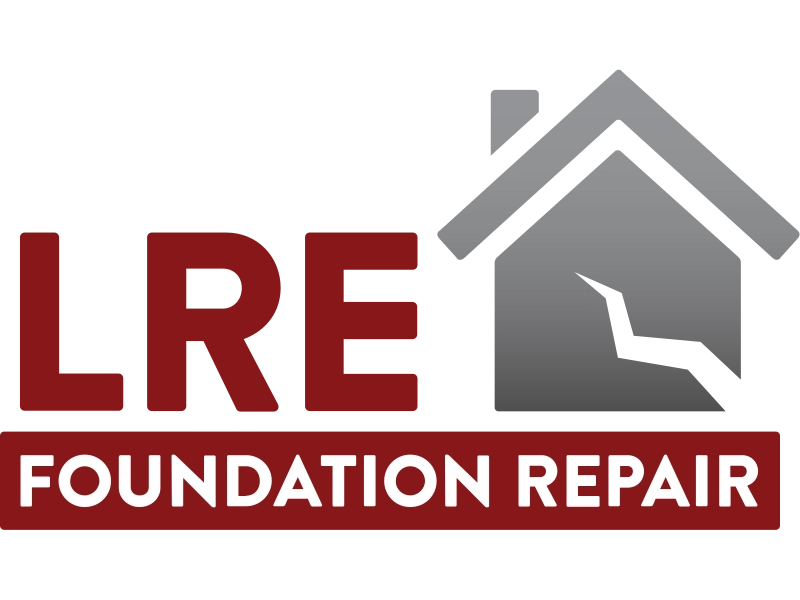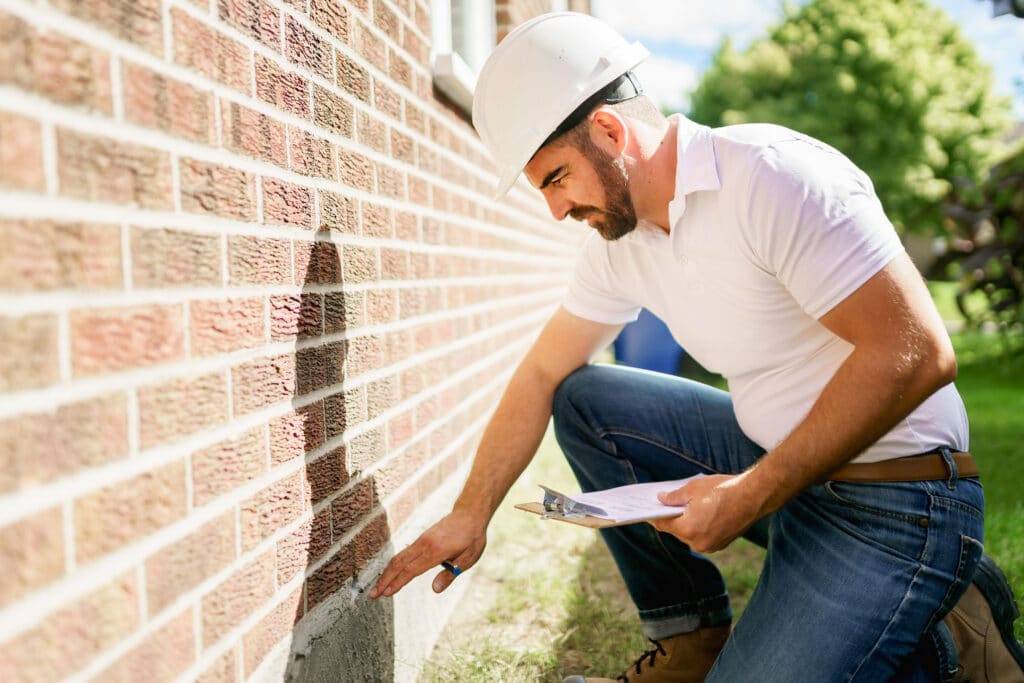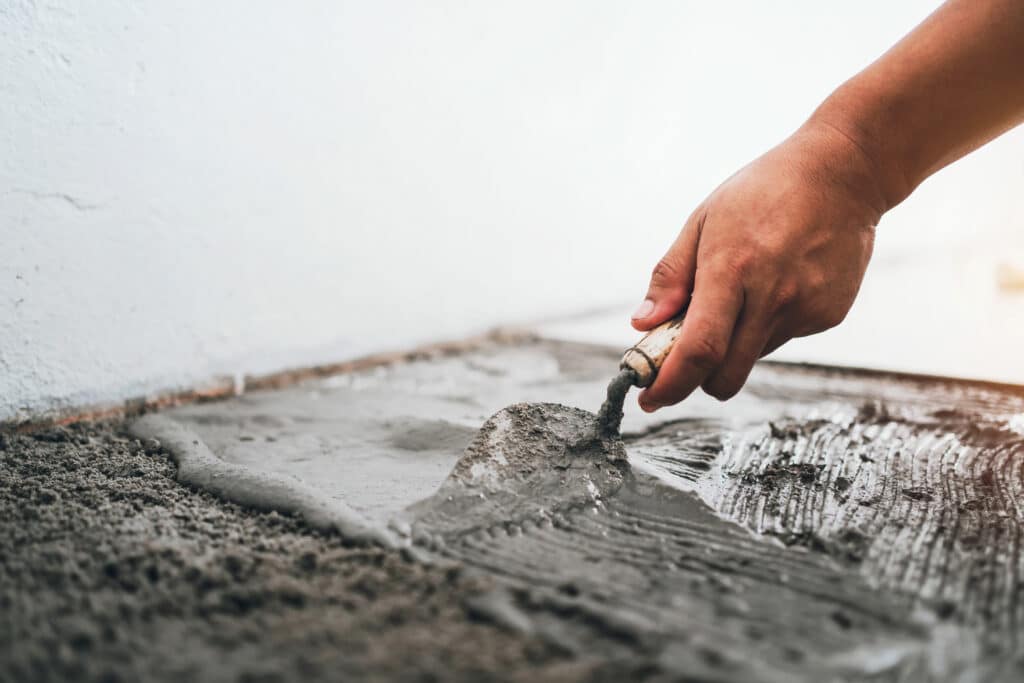Common Causes of Foundation Problems in St. Petersburg
A few factors can contribute to foundation issues. Here are the most widespread ones for St. Petersburg residents:
- Soil composition: Soil with large sand or clay concentrations is highly expansive. In the heavy rainfall St. Petersburg receives, the soil absorbs moisture like a sponge, then releases it in dry seasons. The constant expansion and contraction puts pressure on nearby foundations, even if the foundations keep dry.
- Aging plumbing: The average St. Petersburg home construction year is 1970. If you live in an older home, it's likely to have cast-iron plumbing. When the pipes start eroding, leakage could reach your foundation and even pool beneath it.
- Improper modifications: Roofing or landscaping work that wasn't completed to standard could result in your foundation settling.
- Standing water: Water accumulation around your home can be menacing to your foundation, especially when it gathers in areas your gutter system doesn't reach.
- Tree Roots: Tree roots can enter a home's foundation through crevices, and may apply force that results in your foundation breaking, pipes leaking, and overall structural deterioration.
How to Choose the Best Foundation Repair Company
Your home's structural integrity relies on its foundation. It's crucial to hire the top professionals possible. Focus your research on these characteristics:
Licensing and Experience
Florida's contractor licensing system is rather unique. The state's Department of Business and Professional Regulation issues "certified" contractor licenses in building, general contracting, and residential construction that foundation companies must earn. There are also "registered" licenses issued at a local level. Talk to representatives to gain more insight into a company's experience. You should ask about local permit ordinances, building codes and inspection processes.
Another way to assess a company's reputation is to examine its website. There, you can learn how long it's been in business and its trade qualifications. It might also share insights and knowledge through blog posts, podcasts, or videos.
Customer Reviews
Before committing to a company, check its online profile with the Better Business Bureau (BBB). You can examine both positive reviews and complaints. Complaints aren't necessarily a red flag in themselves. Instead, discover how a company manages them. If the management team proactively and consistently resolves issues, it's a good sign. However, if the company lacks accreditation, has an abundance of negative feedback, and doesn't communicate well, you should avoid working with it.
Lastly, we suggest you search different websites, like Trustpilot and Google, for additional feedback.
Foundation Repair Cost in St. Petersburg
The price of foundation repair can vary substantially depending on the extent of the issues and what's necessary to resolve them. For minor foundation fissures and settling problems, you may pay as little as $1,800. However, if there is substantial damage, the average cost falls at about $2,300. More complex projects involving excavating, helical piers, or major mudjacking could cost upwards of $6,700. This table shows the average foundation repair costs for common issues.
| Common Foundation Repair Services | Average Cost |
|---|---|
| Crack Repair | $290 |
| Leak Repair | $2,237 |
| Stabilization | $3,805 |
| Underpinning | $1,117 |
| Waterproofing | $2,461 |
Ready to Get a Quote on Your Foundation Repair Project?
Please enter a valid 5-digit zip code!
Frequently Asked Questions About Foundation Repair in St. Petersburg
What will I pay to repair my foundation in St. Petersburg?
When do I need to waterproof my foundation?
Note that there are two kinds of waterproofing. Interior waterproofing involves installing drains and sump pumps or using sealants around a cellar. Exterior waterproofing is generally less expensive. It involves installing exterior drains and forming physical barriers between your foundation and yard.
What preventive measures can I take to avoid foundation issues?
- Make sure your home's gutters and downspouts are in good condition and direct water away from your foundation to avoid water accumulation.
- Water the soil around your foundation consistently, especially during dry spells, to prevent expansion and shrinking.
- If possible, grade the soil around your home to angle away from your foundation, encouraging water drainage and minimizing the risk of foundation issues.
- Inspect your foundation for signs of damage, and repair any issues immediately.
Do I need to leave my home for foundation repair work?
To share feedback or ask a question about this article, send a note to our Reviews Team at reviewsteam@thisoldhousereviews.com.
More Foundation Resources
National Foundation Repair Ranking Methodology
Sources
U.S. Census Bureau (American Communities Survey)
















